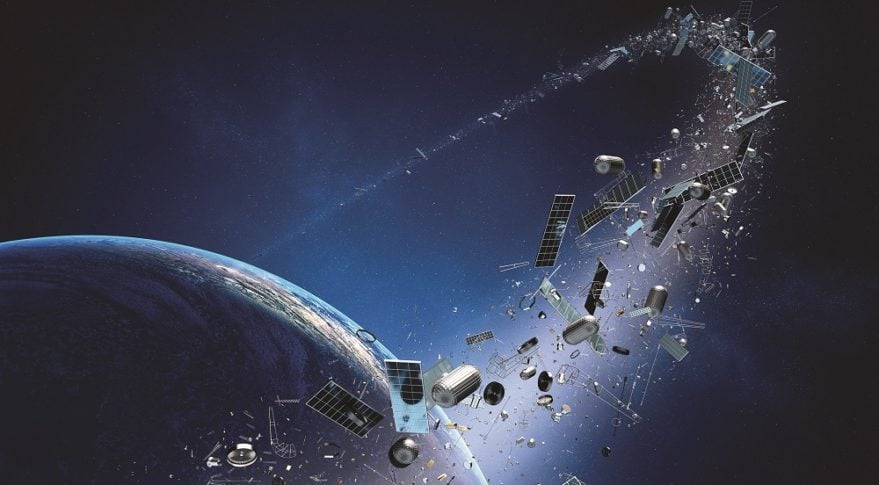
The Federal Communications Commission published a new rule on Sept. 29 that decide to shorten the time for satellite operators to deorbit low Earth orbit satellites from 25 years to 5 years.
Commissioners voted 4 to 0 adopt the draft rule considering the growing debris on Low Earth Orbit. To be specific, spacecrafts end their live in orbits at and below 2000 kilometers will have to deorbit as soon as their mission ends. This rule will only apply to satellites launched two years after the order is officially adopted. The types of the satellites include both U.S.-licensed satellites and those licensed by other jurisdictions as U.S. market seeker.
It was originally stated as deorbiting up to 25 years while the new rule changes it into 5 years limit. FCC believes it is not necessary to wait that long. The growth satellites and debris highly increase the chance of collision. Considering the future plans of satellites launching, the chance will continue to increase. This accidence may cause space communications failures.
On the other hand, a letter from the House Science Committee Sept. 27 suggested FCC to delay consideration of the 5 years rule, worrying about coordination with other agencies. They believe 5 years rule should be a back-up plan. The first option is active debris removal or close cooperation among operators to avoid collisions. FCC replied that we should not bet on that and “hope is not a plan”.
The old 25 years deorbiting Rule is under reviewing by NASA. The assistant director for space policy at OSTP, Ezinne Uzo-Okoro, stated that “FCC’s order did not necessarily conflict with the ongoing review, and we do need an updated review because 25 years is too long.”
Reference:
Article: FCC approves new orbital debris rule by Jeff Foust
Picture: Will mega-constellations cause a dangerous spike in orbital debris? by Debra Werner